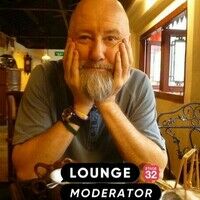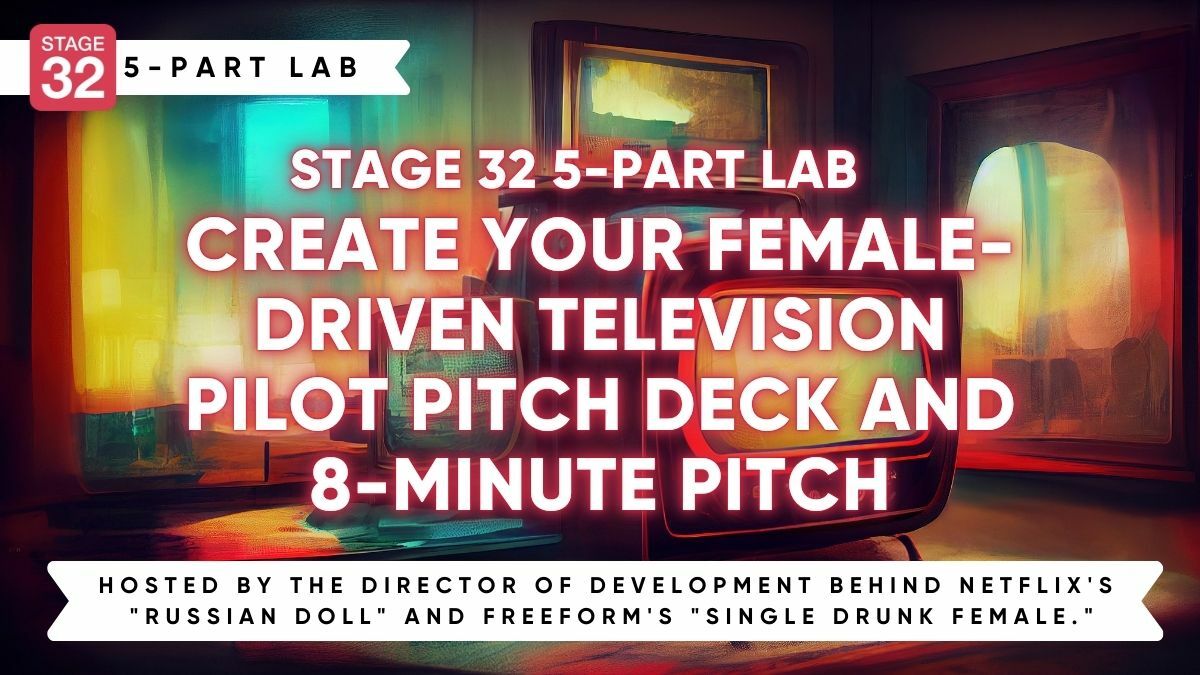Here’s a great video essay on two film versions of the same story. It looks at the same scene from both film. One, with Jimmy Stewart (1940) and the other with Tom Hanks (1998).
It’s interesting to see the differences in film technique between the two eras. Enjoy!




2 people like this
A two shot and a shot/reverse shot have their advantages, Geoff Hall, but I like watching two shots more. I think two shots have more emotional impact. And I like that two shots have less cuts.
2 people like this
Maurice Vaughan I was gobsmacked at the difference in shot ratios, Maurice. That was quite staggering! I’m beginning to feel that to micro-edit a scene simply dilutes the emotion or intensity.
3 people like this
Love this video!
2 people like this
Emily J did you get my email, Emily?
3 people like this
Well done video. Interesting to see the rapid cutting were more used to now. I think we lose something by going to the close shots too soon. (And he mentions this.)
The choice to move in, change staging and angle tells the audience subconsciously that something has changed, something important is happening, this is a crucial bit of emotional dialogue NOW and we should pay attention. The 1998 conversation doesn’t have that.
2 people like this
Mike Boas thanks, Mike.
3 people like this
On that topic, there’s some good video essays that talk of the “Spielberg Oner,” where Spielberg moves the camera for a lengthy shot, finding new compositions with every camera move or change in staging.
Also on YouTube, Rian Johnson did a nice break-down of the dock scene from Glass Onion, where he did the same.
2 people like this
Thx for the share, Geoff Hall. We've discussed before on movies like Bullitt about longer takes compared to quicker takes. Like the narrator stated it's neither good nor bad, just different and reflects the sign of the times. That said, I do still admire the camera work from yesteryear.
3 people like this
Very good analysis. Thank you.
2 people like this
Ty Strange Hi Ty, let’s just say for fun’s sake that I have a problem with over-indulgent editing. I think it destroys the tension, and stops us dwelling in the moment, because time in the narrative has become so fragmented that nothing builds, save for our disappointment. Discuss ;-)
Fire the editor, Geoff Hall! :-)
Without a point of reference today's audiences won't know the difference. To quote Christof from THE TRUMAN SHOW, "We accept the reality of the world with which we're presented."
I conducted a time analysis study in college back in the '80s. I was a psych major, curious about how people perceived the passage of time. Using three three minute, electronic music segments I composed (inspired by Jean-Michel Jarre), each with various degrees of complexity, from simple to complex, I theorized that the more complex the piece the shorter the perceived time the subjects would report afterwards compared to the actual time of three minutes. The more basic or least complex, the longer the perceived time. It was a take on the adage, "Time flies when you're having fun."
Since the results of the study supported my theory, we could extrapolate those findings to today, whereby longer shot takes (simple complexity) would be perceived as running longer than actual film time. Read, “yawn, less engaging.” So, with the reality of today’s fast paced lifestyle – bombarded with hundreds of images an hour – quick takes, extra shot selections, they feed into today’s expectation that stories be told in similar fashion.
In defiance of this trend, take a look at Sofia Coppola's SOMEWHERE ('10) where she opens the movie up with a 2 1/2 minute, one shot take. It effectively sets the expectations of what you're in for with this story. If an over-indulgent editor got his mitts on this scene it would have several shots, quick cuts to show speed, number of angles to highlight the exotic nature of the Ferrari, etc. But, that editing choice would've deceived the audience of what they were about to watch and robbed them of the emotional theme of the character who is, quite literally, going around in circles.
https://www.youtube.com/watch?v=GMQ7uz8qStk
I’d say that as long as the scene engages the audience, no matter how it might alternatively be made better, or worse, it’ll only be the purist who are the ones comparing and contrasting.
You did say discuss.
1 person likes this
Ty Strange thank you Ty. Maybe you also have a degree in Discussion! haha!
I think the key to all of this, is what you said about setting up the expectations of a film for an audience. Yes, we live in a fast-paced world, but more and more people are looking for a respite from this preponderance of images that cascade before our eyes.
Someone called it, sculpting in time, as he melded inner and outer emotional spaces, to form a timeless quality in his work. Dream sequences, inner constellations.
And now I need to check out that YT link. I’ll be back…
1 person likes this
Mike Boas like this one, Mike!
https://youtu.be/8q4X2vDRfRk?si=R0O5oRwcf3QtDKrt